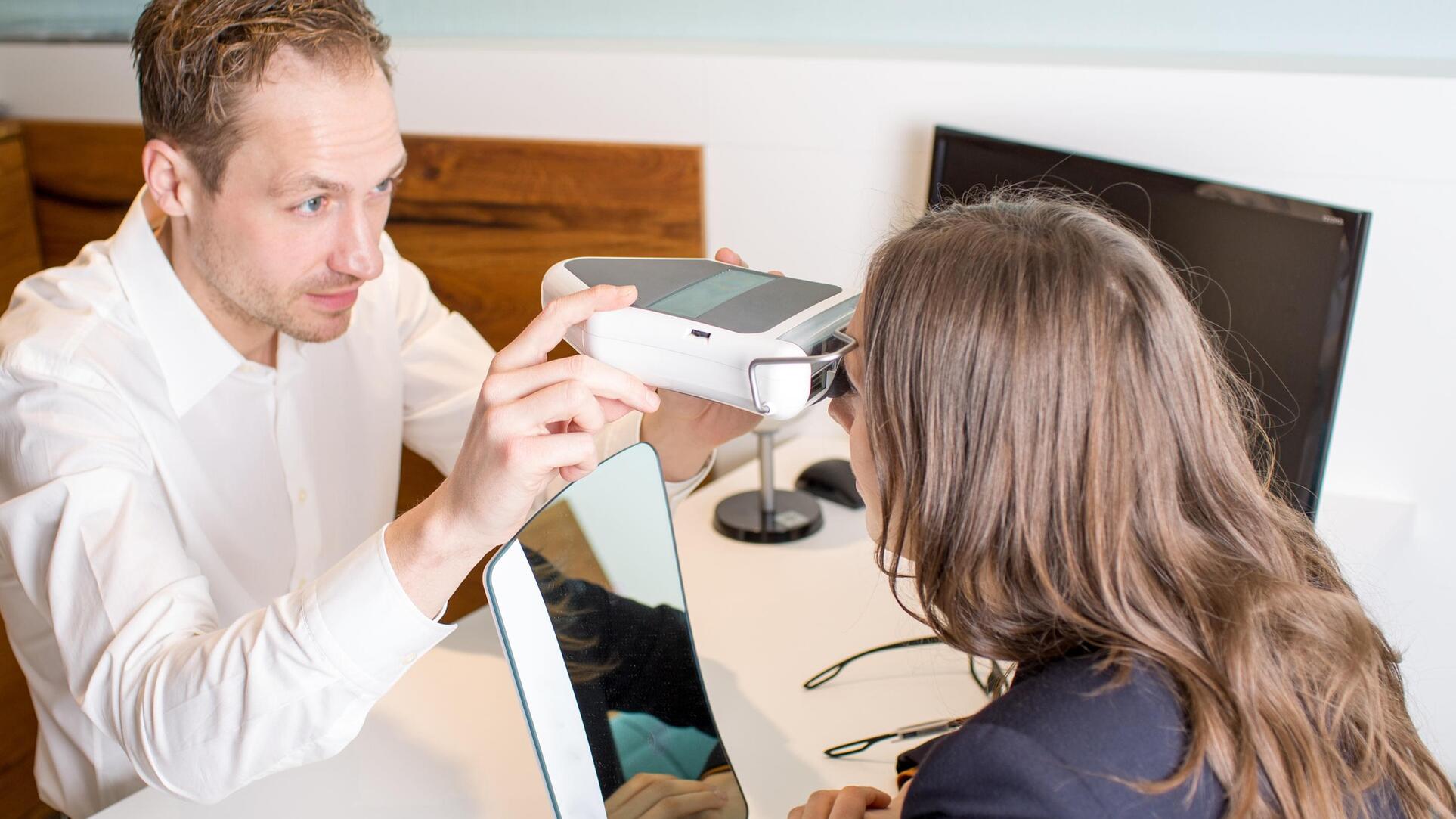
Does Your Pupillary Distance Need to Be Exact? Understanding the Impact on Vision and Eye Health
When ordering new glasses, we often focus on the frame style or lens type, but there’s another detail that plays a critical role in your visual comfort: pupillary distance (PD). This seemingly small measurement, which indicates the distance between the centers of your pupils, is essential for ensuring your lenses align correctly with your eyes. But how important is it for your PD to be exact? And what happens if it's off by a millimeter or two? In this blog, we’ll explore why an accurate PD measurement is vital and how even a slight discrepancy can affect your vision and eye health.
Does Your Pupillary Distance Need to Be Exact?
When purchasing new eyeglasses, one often overlooked but crucial detail is the pupillary distance (PD) measurement. PD refers to the distance between the centers of your pupils, measured in millimeters.
It's a small measurement, but its accuracy can significantly affect your visual comfort and the effectiveness of your lenses. But how important is pupillary distance really? And does your PD need to be exact? Let’s explore why this measurement matters and whether being off by one or two millimeters can impact your vision or eye health.
How important is pupillary distance?
The short answer is: very. PD is a critical part of your eyeglasses prescription because it ensures that the lenses are aligned with your pupils, which is essential for clear and comfortable vision. When the optical centers of your lenses are perfectly aligned with your pupils, light passes through the lenses correctly, allowing for optimal focus and reducing the likelihood of strain or discomfort.
Before diving deeper, if you're unsure about your PD, visit our PD Measurement Tool to get an accurate measurement at home.
Measure PD OnlineHow exact does pupillary distance have to be?
One of the most common questions we get is, “Does pupillary distance have to be exact?” Ideally, yes. An exact PD measurement ensures that your glasses are tailored to your unique facial structure, allowing for the best possible visual experience.
But what if your PD is off by a millimeter or two? While a minor deviation of 1-2 mm might not cause immediate issues, it can lead to problems over time, particularly for those with strong prescriptions or when using progressive lenses.
The effects of an incorrect PD can range from minor discomfort to more serious issues like headaches, double vision, or eye strain. The more significant your prescription, the more important it becomes for your PD to be exact.
Curious about lens options? Check out our Lenses and Coatings page to learn how the right lenses can enhance your vision.
Is it bad to wear glasses with incorrect pupillary distance?
Yes, it can be. Wearing glasses with an incorrect PD can result in various issues. For example:
- Eye Strain. When your PD is incorrect, your eyes have to work harder to focus, leading to fatigue and strain.
- Blurred Vision. Misalignment can cause the light to enter your eyes at the wrong angles, resulting in blurry or distorted vision.
- Headaches. The extra effort your eyes exert to correct the misalignment can lead to headaches, especially if you wear your glasses for extended periods.
These issues are especially pronounced in progressive or multifocal lenses, where precise alignment is crucial for the different viewing zones.
Struggling with vision issues? Learn about the common causes of blurred vision and how to address them.
Does pupillary distance change over time?
Generally, PD remains stable in adulthood. However, significant physical changes, such as facial surgery or severe trauma, could potentially alter your PD. For children, PD can change as they grow, which is why regular eye check-ups are important during development.
If you’ve had the same PD measurement for years, it’s still a good idea to get it rechecked, especially if you’re ordering new glasses. Even slight inaccuracies can lead to discomfort or vision problems.
Preparing for your first eye exam or a new prescription? Here’s what to expect when visiting your eye doctor.
Is it okay if your PD is off by 1mm?
Given that PD is such a small measurement, it’s natural to wonder, “Is it okay if your PD is off by 1mm?” While minor deviations might not cause severe problems, precision is still key. As mentioned, even a 1mm difference can lead to discomfort, particularly if you have a strong prescription or are using multifocal lenses. It’s always best to aim for an exact PD measurement to avoid any potential issues.
Check out our printable PD Measurement Ruler for a quick and easy way to get your PD right.
Printable PD Measurement RulerWhy choose Yesglasses for your eyewear needs?
At Yesglasses, we understand the importance of getting every detail right, from your prescription to your PD. We offer tools and resources to help you measure your PD accurately, ensuring that your glasses provide optimal comfort and vision. Plus, our wide selection of frames and lenses caters to every need, style, and budget.
When you choose Yesglasses, you're not just buying eyewear—you're investing in better eye health and a more comfortable visual experience. Trust us to help you see the world more clearly.
